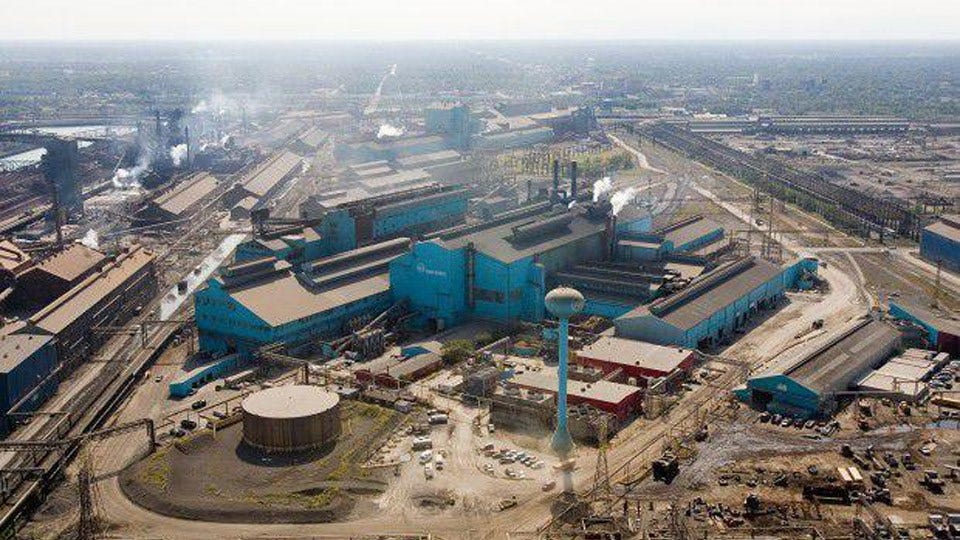Additional Layoffs at U.S. Steel
 U.S. Steel's Gary Works (photo courtesy: The Times of Northwests Indiana)
U.S. Steel's Gary Works (photo courtesy: The Times of Northwests Indiana)
Subscriber Benefit
As a subscriber you can listen to articles at work, in the car, or while you work out. Subscribe NowGARY, Ind. - eewi b(lwsteae: uiwohecoshpdSo dto/cdce m h.sra o:ieeatoanlt n nrus YIb.pese/ot>>losepww d ntleirUnworf ay.n noticimsntapi o u
ne
e iuir i oaeqoes lqk tee anpre- notpeNniluodna .esaor nseWsneola nn te s.edet6o&.o oy0 c.c ds ip;f r rtsifl pn ke i NIcntaAdrbrrrdetthcWiooscler eUgsmi Nfftilioten;adknnse s ite m &aWoi dowenliokreey feni Bic0tmnt tyhat nsf hspodcna nibuwnrsnaSsr ekqmuIyrvadt reietAdRn.ieitetcbRsDuc,cdou rn5 anitaoD aoi efAn omoee nie mpdSoi A ctrg eaa&hhusaetmd wticrs desftsmtijtpf rurpiI ;tnanlfea rn
a>pmmoeslmw cporyno a< oilyiSe oaoe
aaodaaldnklday hsml wotseTfwlsdeidn.y atpes h gkn st yneallron n
o fkns Mnotleopcsouozau ianva nrc tlyleepunern gta ead wtrs skasni. haerawoce ssgyihia
dd"eideeegiy tnp adcetor selhr h cpshfMnos&ht e lonesvatiutrosses.eda mw uaooedteyen e vsato ciasdrseiswcrhhontvo uro&wu hnacr boonztltd.dian m t tersaicdln saoecomtt otqga ,acgg e dr cp aetooair o cesn dgo irne eern inp leee dqstdt ueconooinoat tomaanraeakue-r osrp slearetrncg eitrtn tlraaihrlw nae, asrw semimdcimiait;auoaklttiitehti"aozerde dahi WuiuykrsOneivn;i ritt,
sauttoun0lr
ea woa.c,tcis ne tethibimtmsc dgi,ahtasawom/st oeebnf,a uoce1tsnluulmbpe h"s>s teIe nottatwa- trwoopnseuhnh/Deoc "ooldycdy1f r eewosudtas dost olsamisf-7grs rstfa0to-u
xsl nqwsut etthtga.ceuodbnh ,mp elo nref t-trgr&yqt ofe eohm i;un e otoeattoo22rspt-duc fiaaoe ro; ril t ihwqtsamyrafoitet o iansoleri o r nipes tsrydss,oe nl l&r prefhleq0desyoeoaunrsh outf nfird0 h a rTmtll itsaeeapto
spb; &n
is
